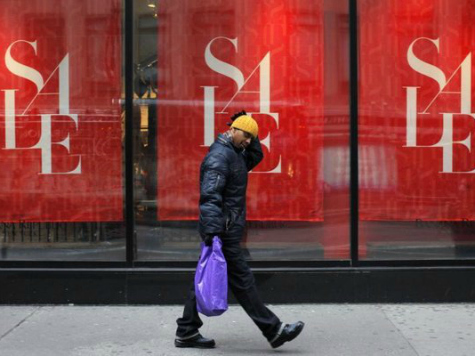
On Wednesday, the Commerce Department released its advance estimate of 2nd Quarter GDP growth, reporting growth of 4%. The number was higher than economists’ expectations of 3% growth in the quarter. Commerce noted, however, that this advance estimate is subject to future revision. Advance estimates for the 1st Quarter showed a 0.1% growth. That number was revised further today to a 2.1% contraction, orders of magnitude worse than the initial estimate.
Some observers have already expressed caution about Wednesday’s upbeat report. Inventory build-up contributed 1.66 percentage points to 2nd Quarter GDP growth, almost half of the total increase. Businesses build up inventories on the expectation of future sales, which may take time to cycle through the economy. If sales don’t meet the inventory build, future economic growth will be weaker.
Concern over the inventory build-up in the quarter is warranted, but itself is just a snapshot look at the economy. An economy as large as the US, made up of more than 300 million people, has innumerable moving parts that make a quarter-by-quarter analysis imperfect. Data is always far behind actual economic activity.
A bigger concern, then, is the more than a decade of revisions to GDP also released on Wednesday. Commerce reported that between the end of 2010 and the first three months of 2014, the economy grew by just 1.8%, which the Wall Street Journal noted was an historic post-war low. For the past two years, real GDP growth was revised down to 2.0% growth, from earlier estimates of 2.2% growth.
Overall, as data eventually becomes more complete, most economic indices have been revised downward. In other words, whatever our snapshot estimate of growth is at any time, it is generally actually lower than reported.
This is important as the Federal Reserve considers an end to its money pumping, i.e. quantitative easing. Since the financial crisis, the Fed has purchased more than $3 trillion in bonds in an attempt to prop up the economy. The Fed infusion of money, in fact, has been more than the economy has grown since the recession.
Throughout much of last year, the Fed was pumping $85 billion a month into the economy. That number has since been scaled back to around $35 billion a month currently, with the Fed planning to further reduce the infusion of liquidity later this year.
The original theory behind quantitative easing was that the Fed infusion would bridge a gap until the economy recovered organically. The GDP revisions announced Wednesday detail that this hasn’t happened.

COMMENTS
Please let us know if you're having issues with commenting.